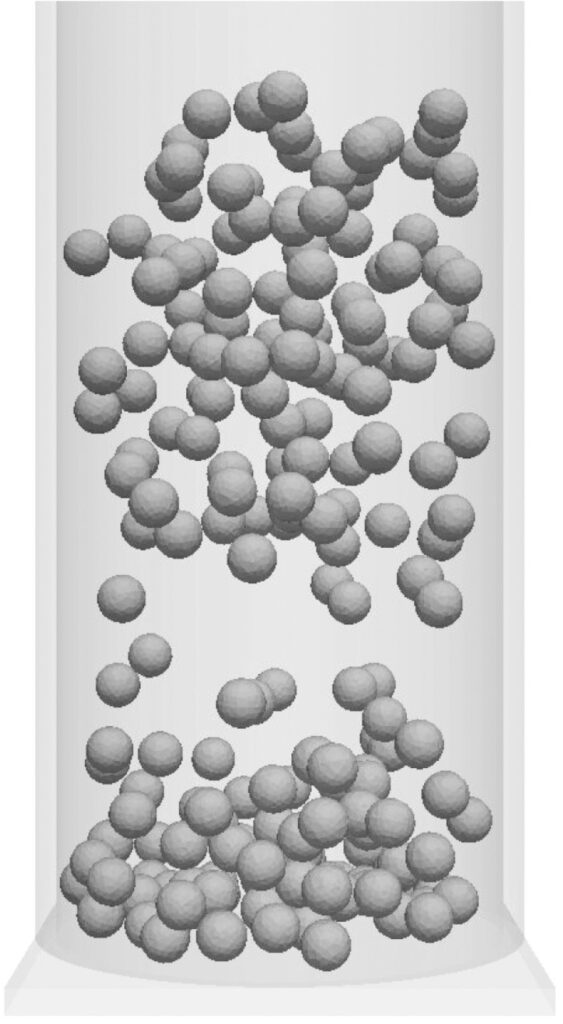The science behind tanuki™
tanuki™ was developed independently by university researchers from Imperial College London and UCL, and is based on the latest scientific research in computational mechanics. Below you can find some of the scientific publications that informed the development of our computational toolset:
The Combined Finite-Discrete Element Method
A Munjiza
John Wiley & Sons
Simulation of fracture propagation in fibre-reinforced concrete using FDEM: an application to tunnel linings
A Farsi, A Bedi, JP Latham, K Bowers
Computational Particle Mechanics 7 (5), 961-974
Strength and fragmentation behaviour of complex-shaped catalyst pellets: A numerical and experimental study
A Farsi, J Xiang, JP Latham, M Carlsson, EH Stitt, M Marigo
Chemical Engineering Science 213, 115409
What is the finite element method (FEM)?
The finite element method (FEM) is a computational method widely used to tackle problems in structural analysis, heat transfer and fluid flows. The idea behind the finite-element method is that a complex shape is broken down (discretised) into a finite number of simple shapes (usually triangles when looking at a 2D problem, or tetrahedra in 3D). This allows one to replace the (infinite dimensional) partial differential equations that determine the dynamics for the problem at hand with (finite dimensional) matrix equations. When an analytical solution isn’t available, as is often the case for complex problems in mechanics, FEM allows to calculate quantities such as stresses and deformations with high accuracy.
Scientific reference: Zienkiewicz et al. (2013). The finite element method: its basis and fundamentals. Amsterdam: Elsevier, Butterworth-Heinemann
What about the discrete element method (DEM)?
The discrete element method (DEM) is used to simulate the motion of a large number of discrete particles: for instance by treating granular media as made up of many small spheres and by breaking down time into finite time steps. Because of its simplicity, it is widely used in rock mechanics, powder technology and granular flows. DEM allows to calculate the trajectories and contact forces of particles and to compute both the transient and equilibrium configuration for complex multi-body systems. However, in its standard formulation, is not applicable to problems where individual particles undergo complex deformation.
Scientific reference: Cundall, P.A. and Strack, O.D.L. (1979). A discrete numerical model for granular assemblies. Géotechnique, 29(1), pp.47–65
